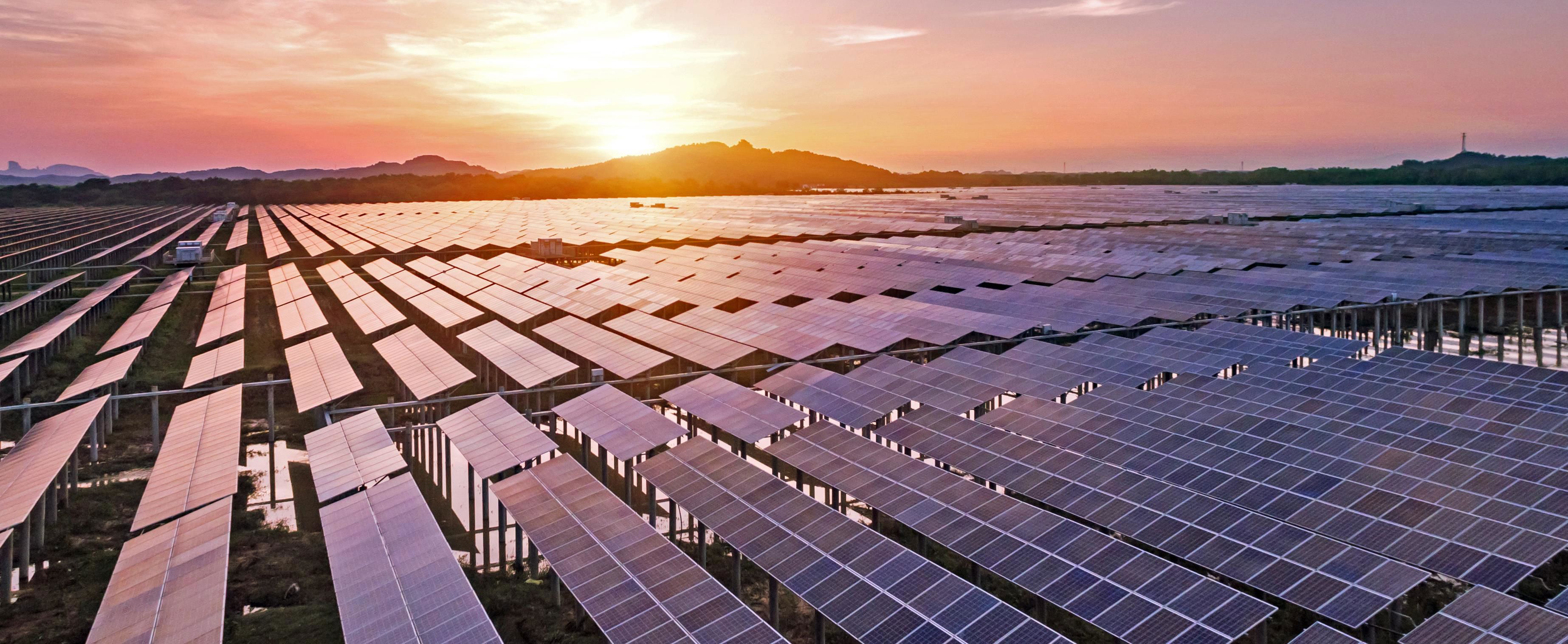
Fulham solar farm and battery offer bright renewables future for Latrobe Valley
Large-scale joint venture backs post-coal transition for La Trobe Valley
Octopus Australia and the CEFC have joined forces to develop renewable energy assets that will help the Gippsland region power its transition into a green superpower. The joint venture aims to deliver clean energy to the National Electricity Market, to help replace the fossil fuel supply that will be lost when the Yallourn coal fired power station closes.
80 MW
Fulham Solar Farm
128 MWh
battery
Revenue stream
for graziers
I congratulate the Octopus team on their work in showcasing the DC-coupled hybrid technology in this region. Fulham will be one of the first of these configurations in Australia which allows the battery to charge directly from the solar farm when sunshine is plentiful, and supply this electricity to the grid when it is needed to power homes and businesses.Monique MillerChief Investment Officer, Renewables and Sustainable Finance, CEFC
Our investment
The CEFC is backing the development of the 80 MWac Fulham Solar Farm and 128 MWh battery as part of a landmark joint venture with Octopus Investments Australia to develop renewable energy assets in the Latrobe Valley region. The CEFC has a 45 per cent share in the joint venture with Octopus, which purchased the rights to develop Fulham Solar Farm from local Gippsland based developer Solis Re.
Octopus Australia announced the ~$300 million Fulham Solar Farm and 128 MWh battery project had reached financial close and construction had commenced in April 2025.
Octopus Australia is a subsidiary of the Octopus Group. Octopus has projects located across Australia’s major east coast energy markets with an operating and development portfolio of wind, battery storage and solar assets exceeding $11 billion.
The successful close of Fulham Solar Farm and Battery marks a major step forward in our mission to accelerate Australia’s energy transition. This project demonstrates our ability to bring together institutional capital, government support, and leading-edge technology to create renewable assets that provide long-term benefits to our communities and investors. I’m incredibly proud of our team’s efforts in bringing the project through development, and we look forward to beginning construction.Sonia TeitelCo-Managing Director Renewables Australia, Octopus Investments Australia
our impact
The Fulham solar and battery project offers an exciting new pathway for the Gippsland community to benefit from the clean energy economy in the wake of declining local industries including timber and coal-based generation.
The project utilises market leading technology and will be one of the first DC-coupled solar and battery hybrid assets in Australia. The technology involves fewer inverters across the system because solar panels and batteries share the same inverters with batteries distributed throughout the site.
Octopus expects the project to provide strong risk-adjusted returns for investors while enhancing local grid reliability and supporting Victoria’s clean energy transition.
The Fulham project, once operational, is expected to generate enough energy to power between 25,000 and 33,000 homes, and forms part of a suite of new energy generation required to replace the Yallourn coal fired power station, which is scheduled to be retired in 2028.
Supporting the renewable energy transition
The Fulham solar and battery project was awarded a Victorian Government supply contract in October 2022. Fulham was one of six projects selected as part of the second Victorian Renewable Energy Target auction which brought forward 623 MW of new renewable energy generation capacity and 375 MW of battery energy storage to support the Victorian Government commitment to achieve 100 per cent renewable electricity consumption for its operations by 2025.
Diversifying revenue for landholders
The Fulham project, which is located on 160,000 hectares of farmland, is aiming to showcase the ability of sheep grazing and solar farming to co-exist, providing a diversified revenue stream to local landholders. Energy generated from the development will contribute to a cleaner, low emissions National Energy Market.




